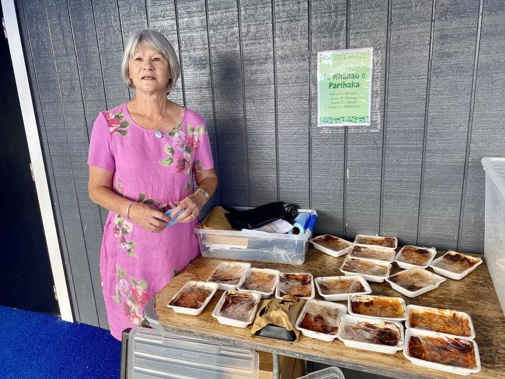
- The Principals’ Federation is urging a return to the old lunch system, criticising David Seymour’s new scheme.
- Principals cited issues with portion size, food quality, delivery timeliness, and unsealed containers.
- The Ministry of Education responded by expanding the delivery fleet and increasing production kitchens.
Principals across New Zealand are pleading with the Government to revert to the old school lunch system saying the new scheme is beset with issues so bad meals needed replacing with bought pies, while the former option was “superior” even if it cost $1 more.
The Principals’ Federation (NZPF) said they would have been prepared to let the “teething issues settle down” but after a month, they say issues are continuing in a letter to Associate Education Minister and Act leader David Seymour.
The principals listed multiple reasons for their dislike of the programme including portion size and quality of the food; the untimeliness of delivery; unsealed containers leaving food open to contamination; burnt food and lunches not turning up.

Whangārei Intermediate School was forced to send back school lunches that arrived in an inedible state. Photo / Yolisa Tswanya
“Minister Seymour’s cost-saving system for the lunches, introduced this year, has not however won the hearts and minds of school principals, particularly in areas where well-established, community-driven solutions were already working effectively.”
The Principals' Federation claimed that “it was clear” the company that supplies the food, Compass, could not handle school lunches and would be better equipped for providing meals for airlines, the Defence Force or hospitals.
The lack of flexibility was also put into question with the principals saying a local delivery model would enable schools to request specific numbers of lunches and quickly alter menus to save on wastage.
“Students themselves are involved in the setting of tables, cleaning up after lunch and are building healthy social relationships with peers as they converse with each other at the dining table, whilst also learning dining etiquette and manners.”

A school lunch described as "unidentifiable pasta ball and lentils".
The School Lunch Collective, which won the contract to provide free lunches to 466 schools with students in Year 7 and above this year.
- School lunch delays: ‘Our students deserve better than this.’
- Watch live: PM on school lunches, Parliament’s ‘Mexican Stand-off’ and economic growth
- Ministry removes clause restricting schools from talking about new lunch programme
- ‘Didn’t look good’: Parents upset at ‘unidentifiable’ kids' lunches
- 'Forget quinoa and hummus': School lunches scheme gets new, cut-back funding
- 'Surprised and disappointed': Official admits new school lunch model unlikely to be as nutritious
Seymour reformed the Healthy School Lunches programme last year, saying it would save taxpayers' dollars.
For most schools, the new programme under contractor the School Lunch Collective started rolling out last month, with several schools reporting problems, including parents being asked to pack extra food for their children after some school meals didn’t turn up.
Under the previous lunch programme, introduced by the then Labour-led Government in 2019, the expense for individual meals was far higher than the current $3 lunches. By the end of the 2024 school year, the cost per lunch under that system had risen to $5.97 for kids in Years 0 to 3; $6.99 for kids in Years 4 to 8; and $8.90 for those in Year 9 or above.
The Ministry of Education said in response to early challenges, the School Lunch Collective had expanded its delivery fleet to support timeliness of deliveries; engaged with logistics expertise from Foodstuffs to review travel routes; increased the number of production kitchens in Auckland and heated meals earlier; engaged a new supplier of special dietary meals to resolve supply and labelling problems; and doubled its contact care team to eight people.
Take your Radio, Podcasts and Music with you









